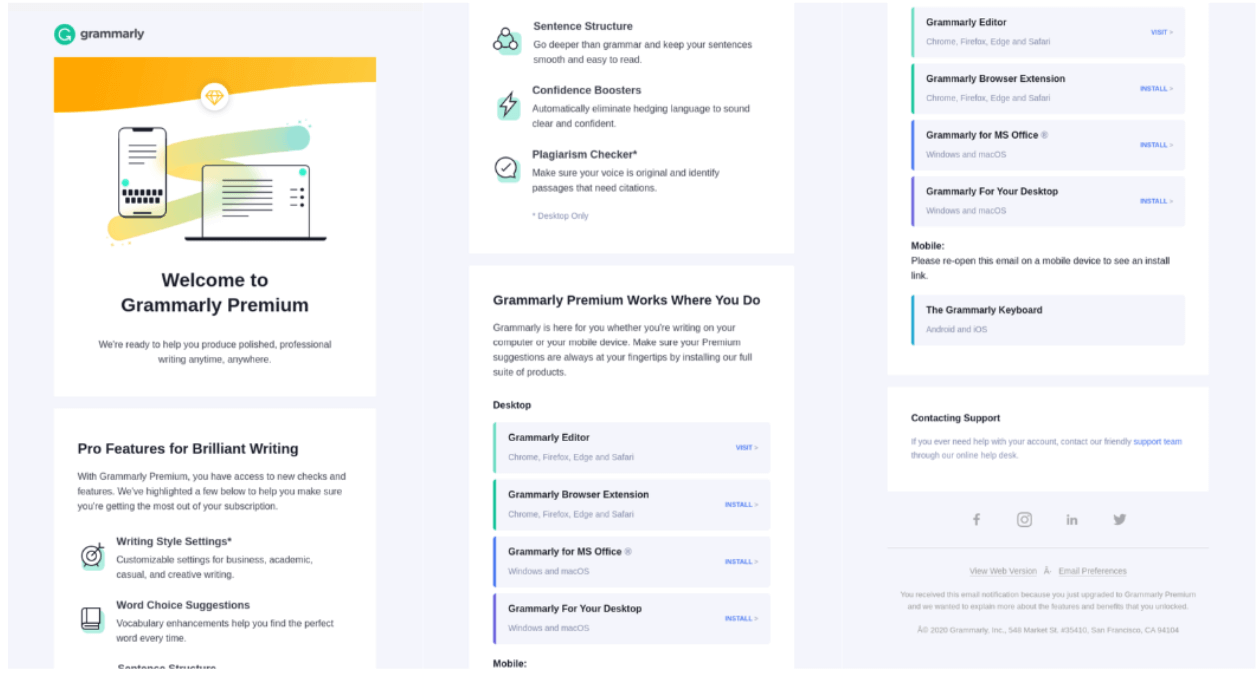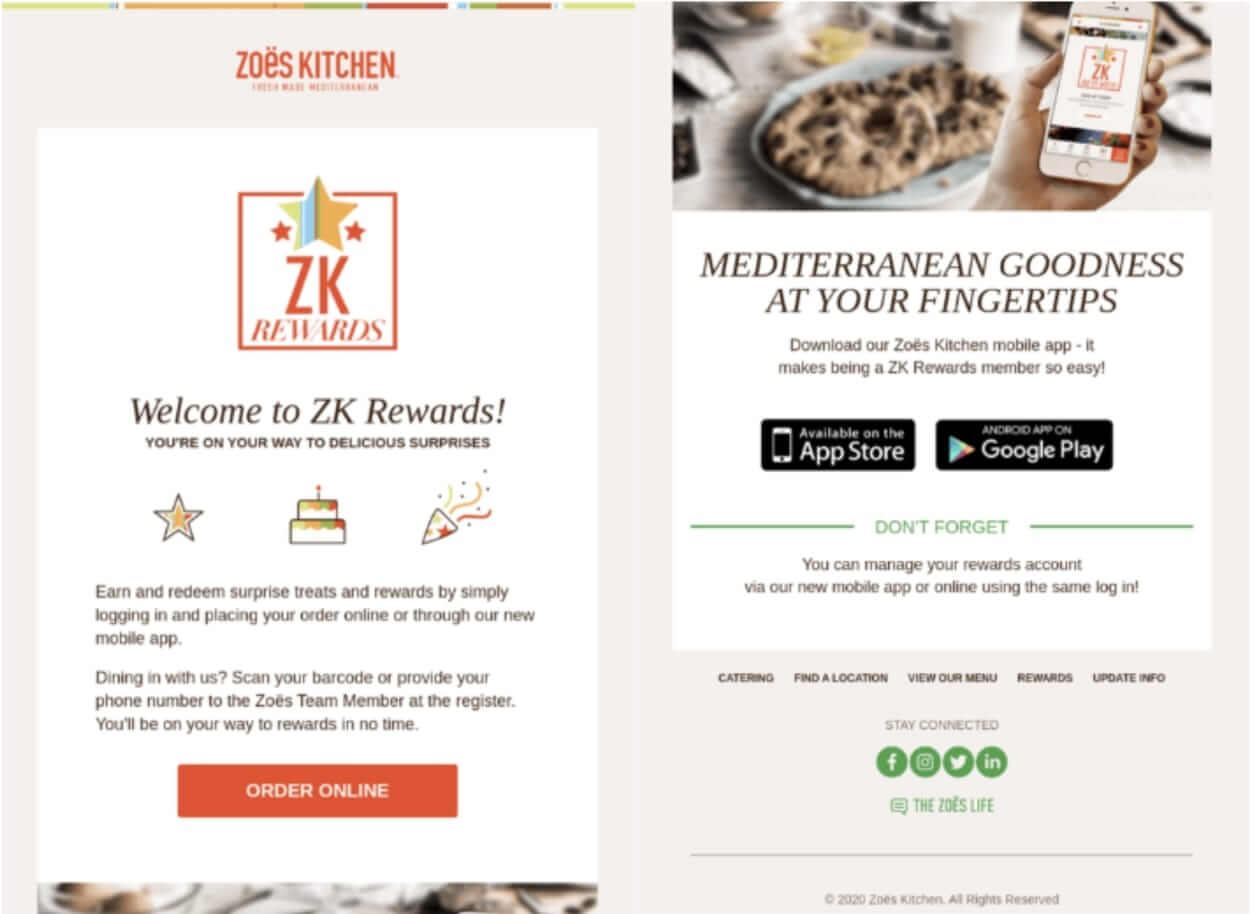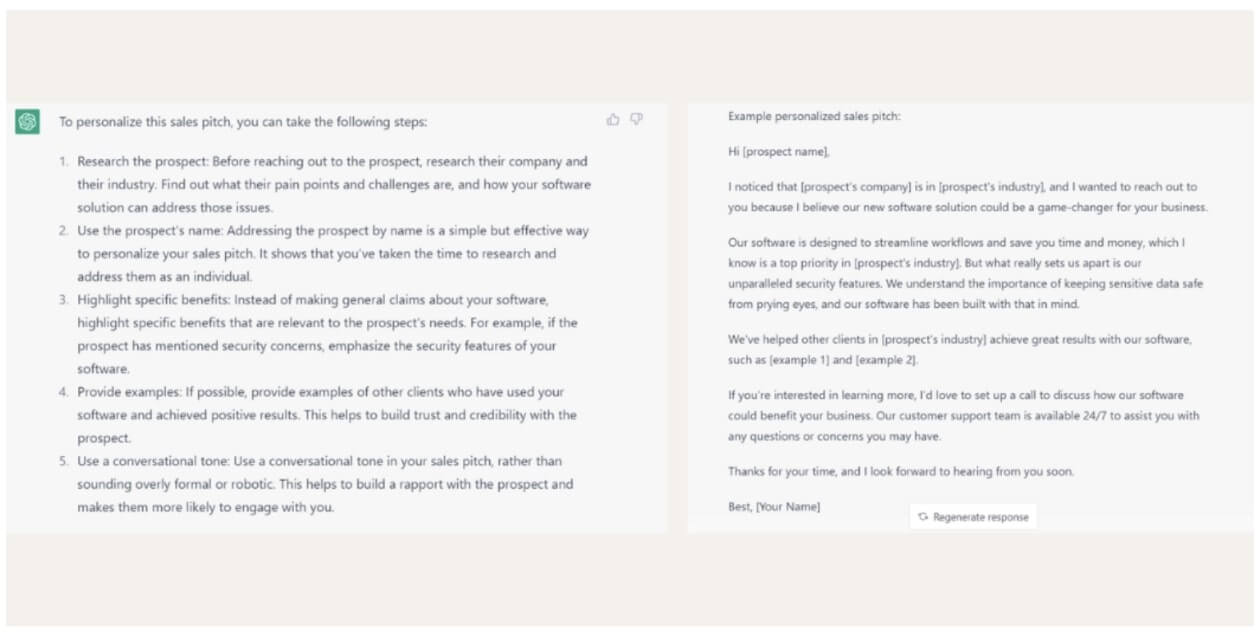Powered by

Learn top customer retention tips, techniques, and strategies. Get the latest methods of how to improve customer retention, increase purchases, & grow revenue.
Kate Parish
7 minute read
Share:
NOTE: What is the difference between Multichannel and Omnichannel?
The multichannel approach implies having many offline and online touchpoints so that customers can opt for the most convenient ones. Unlike omnichannel, multichannel does not connect these touchpoints; they remain separate.
For instance, if a person buys online and then decides to buy online and then decides to cancel it through a customer service representative over the phone, they’re likely to fail to do so.
Personalized sales one-pager templates
How to Make Zuora's "Best Sales Deck Ever" Even Better
10 Worst Mistakes When Making a Sales Plan
9 Unique Sales Deck Examples that Outsell the Rest
Make a Sales Pitch Deck That Turns ‘Maybe’ to ‘Yes!’
10 Strategies to Improve Sales Team Performance
12 Sales Collateral Types Critical to Close a Deal












